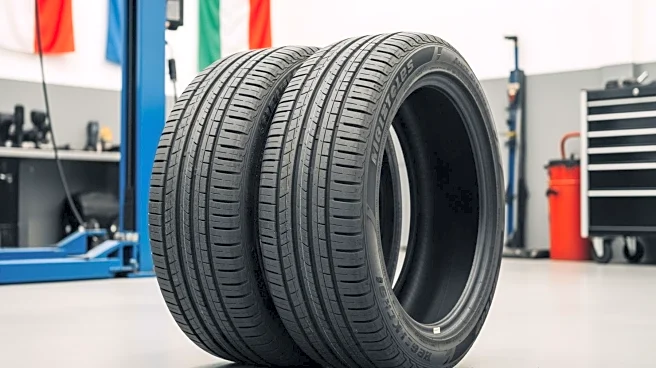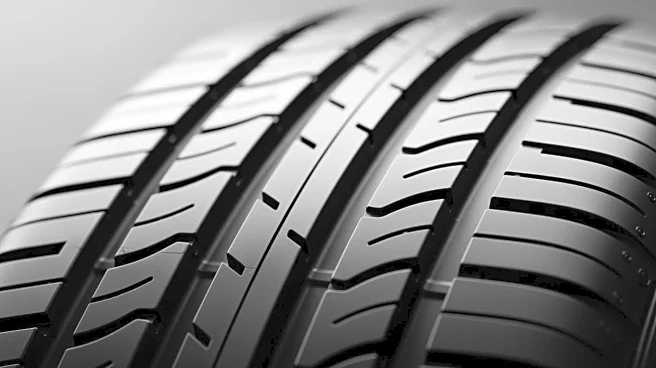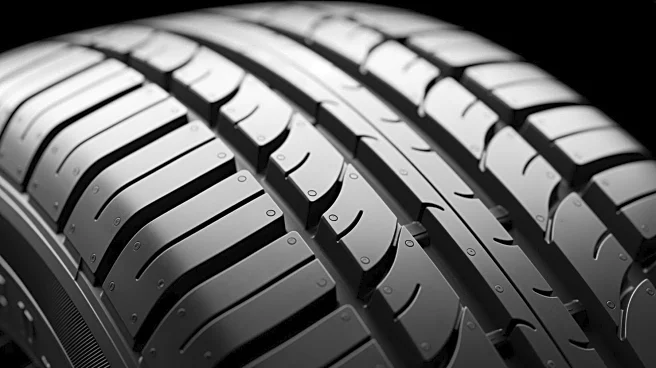What's Happening?
Consumer Reports has released insights on tire replacement, emphasizing the importance of safety and cost-effectiveness. According to Ryan Pszczolkowski, director of Consumer Reports' tire testing program, the organization conducts extensive testing on tires,
focusing on safety-related aspects such as dry and wet braking, handling, and hydroplaning. These tests aim to prevent accidents by ensuring tires maintain optimal grip. The report suggests using the quarter test to determine if tires need replacement, where visibility of George Washington's head indicates worn tread. Consumer Reports advises consumers to review test results and shop around for the best deals, as more expensive tires generally offer better performance and longevity. The organization tests around 40 tire models annually, providing comprehensive data to help consumers make informed decisions.
Why It's Important?
The findings from Consumer Reports are crucial for vehicle safety and economic efficiency. Worn tires can significantly increase the risk of accidents, making timely replacement essential for road safety. By offering detailed test results, Consumer Reports empowers consumers to choose tires that not only enhance safety but also provide better value over time. This information is particularly valuable in a market where tire performance can vary widely, affecting braking distances and overall vehicle handling. Consumers who follow these guidelines can potentially save money by avoiding frequent replacements and ensuring their vehicles operate safely under various conditions.
What's Next?
Consumers are encouraged to utilize the insights from Consumer Reports to make informed tire purchases. By comparing test results and negotiating prices, they can secure better deals and enhance vehicle safety. Tire manufacturers may respond by improving product offerings to meet the safety and performance standards highlighted in the report. Additionally, local tire retailers might adjust pricing strategies to remain competitive with online options. As consumers become more aware of tire performance differences, there could be a shift towards higher-quality tire purchases, influencing market trends and manufacturer priorities.
Beyond the Headlines
The report underscores the broader implications of tire safety on public health and economic stability. Improved tire performance can lead to fewer accidents, reducing healthcare costs and insurance claims. Furthermore, the emphasis on informed consumer choices reflects a growing trend towards transparency and accountability in the automotive industry. As consumers demand better safety features, manufacturers may invest more in research and development, potentially leading to innovations in tire technology. This shift could also influence environmental policies, as better-performing tires contribute to fuel efficiency and reduced emissions.













